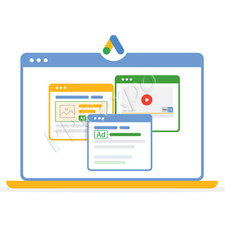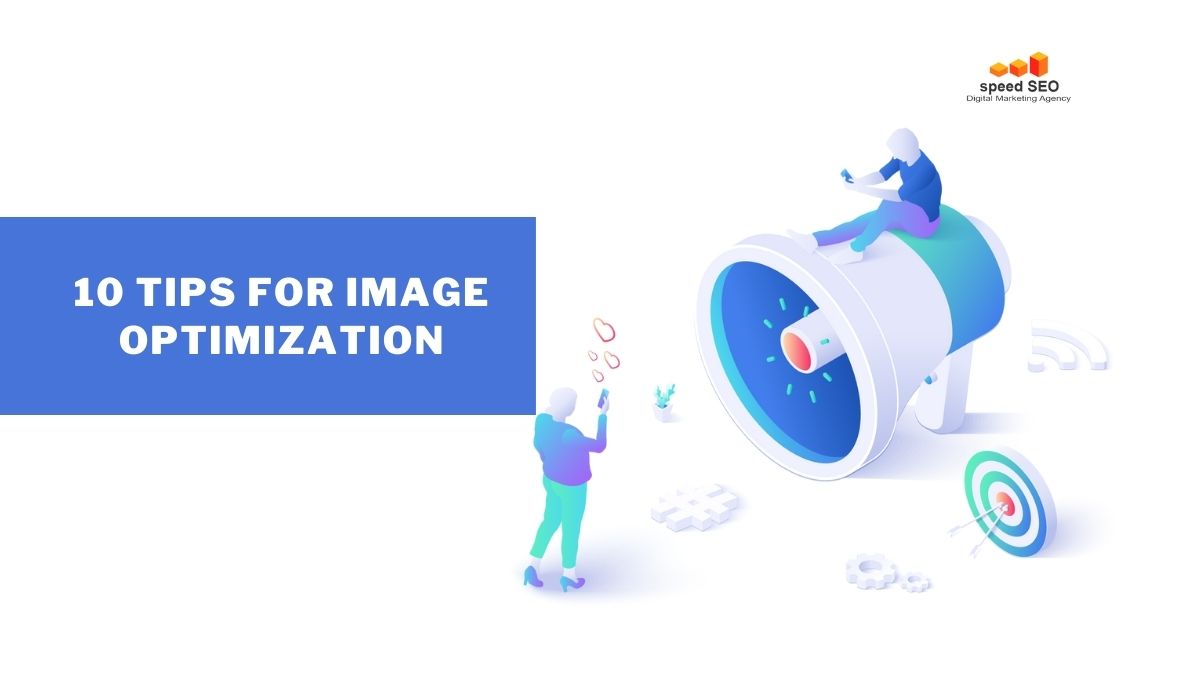Introduction
An image used on content marketing have the ability to make or break an article, blog post, or advertisement. When people use images in their content, 73% of information gathered is through visuals. If you need to improve your ranking on search engines and increase the ads that come up when someone types your keywords into a search engine, you find out how in this article!
There’s no doubt that images are an important part of online content. In fact, they’re so important that using poor-quality or improperly optimized images can actually hurt your website’s ranking in search engine results pages (SERPs). But don’t worry – we’re here to help! In this blog post, we will discuss 10 ways you can optimize your images for better performance and a better user experience.
A well-optimized image can make all the difference in the world when it comes to getting your content seen by the right people. Here are some fast ways to get started!
What is Image Optimization?
Image optimization is the process of reducing the file size of an image without compromising its quality. By optimizing images, you can improve your content’s load time, which can help improve your reach and engagement.
There are a few key ways to optimize images for the web:

- Resize images to the correct dimensions for your website or blog post.
- Choose the right file format – JPEG for photos and PNG for graphics with transparent backgrounds.
- Compress image files to reduce file size while maintaining quality.
- Use a free online tool like Kraken Image Optimizer to optimize images in seconds
- Make sure your images are hosted on a site with a strong domain authority.
- Make sure your images are tagged with relevant keywords.
- Make sure your images file names include relevant keywords.
- Use descriptive ALT text for all of your images.
💡 Pro tip: this is the best way to have the URL of your images: name-of-the-image.width-1200.format-webp.webp
By following these simple tips, you can make sure that your images are helping rather than hindering the reach of your content.
How Does Image Optimization Work?

Optimizing images for the web can be a bit tricky. Sometimes images are too large and can slow down your website. Other times, images might be too small and won’t look very good. Luckily, there are a lot of ways to optimize your images so that they look great and load quickly.
When it comes to optimizing your images, there are a few key things to keep in mind:
- Make sure your images are the correct size. This will help minimize load time and ensure that your website looks its best.
- Use the correct file format. JPEGs are great for photos, while PNGs work well for graphics and logos.
- Use compression tools to reduce the file size of your images. This will help them load more quickly on your website. Some common compression tools include Photoshop and TinyPNG.
- If you value SEO, you should use the webp format in a srcset tag to pass the webp image format only to browsers that support it, and JPEG or PNG to all others.
Why Should I Optimize My Images?
As any savvy web user knows, images can take up a lot of bandwidth and slow down a page’s loading time.
In fact, improperly optimized images can account for up to 60% of a page’s total size!
That’s why it’s important to optimize your images before you upload them to your website.
By optimizing your images, you can help your pages load faster and improve the overall user experience.
So the next time you’re uploading a photo to your website or blog, be sure to optimize it first!
The 10 Tips to Improve the Reach of Your Content
- Use attractive and visually appealing images that are relevant to your content.
- Image size and file format are important for optimizing your images for the web.
- Use descriptive filenames and ALT text to help search engines index your images.
- Make sure your images are hosted on a fast and reliable web server.
- Use a content delivery network (CDN) to improve the performance of your website.
- Optimize your website for mobile devices to ensure a positive user experience.
- Use social media to promote your content and increase its reach.
- Increase the visibility of your content by guest blogging on high-quality websites.
- Make use of online directories and review sites to generate traffic to your website or blog.
- Use paid advertising to promote your content to a wider audience.
Interesting facts about images on content marketing:
- 24.3% spent two to five hours vs. 28.3% in 2020
- 23.4% spent less than two hours vs. 20.5% in 2020
- 19.6% spent five to 10 hours vs. 22.3% in 2020
- 14.9% spent 10-15 hours vs. 15.1% in 2020
- 17.8% spent 20+ hours vs. 13.9% in 2020
Source: Venngage
Image Optimization Conclusion
If you’re still not sure how to optimize your images or need some help getting started, don’t worry! Our team of experts is here to help. Contact us today for more information on how we can help you improve your website’s loading time and user experience with optimized images. Thanks for reading!
That’s why image optimization is so important.





